Gateway to Learning
Want to invest in crypto but don't know where to start?
Learn crypto through the simplest words.
 Must Read Daily Market Reports
Must Read Daily Market Reports
Must Read Daily Market Reports
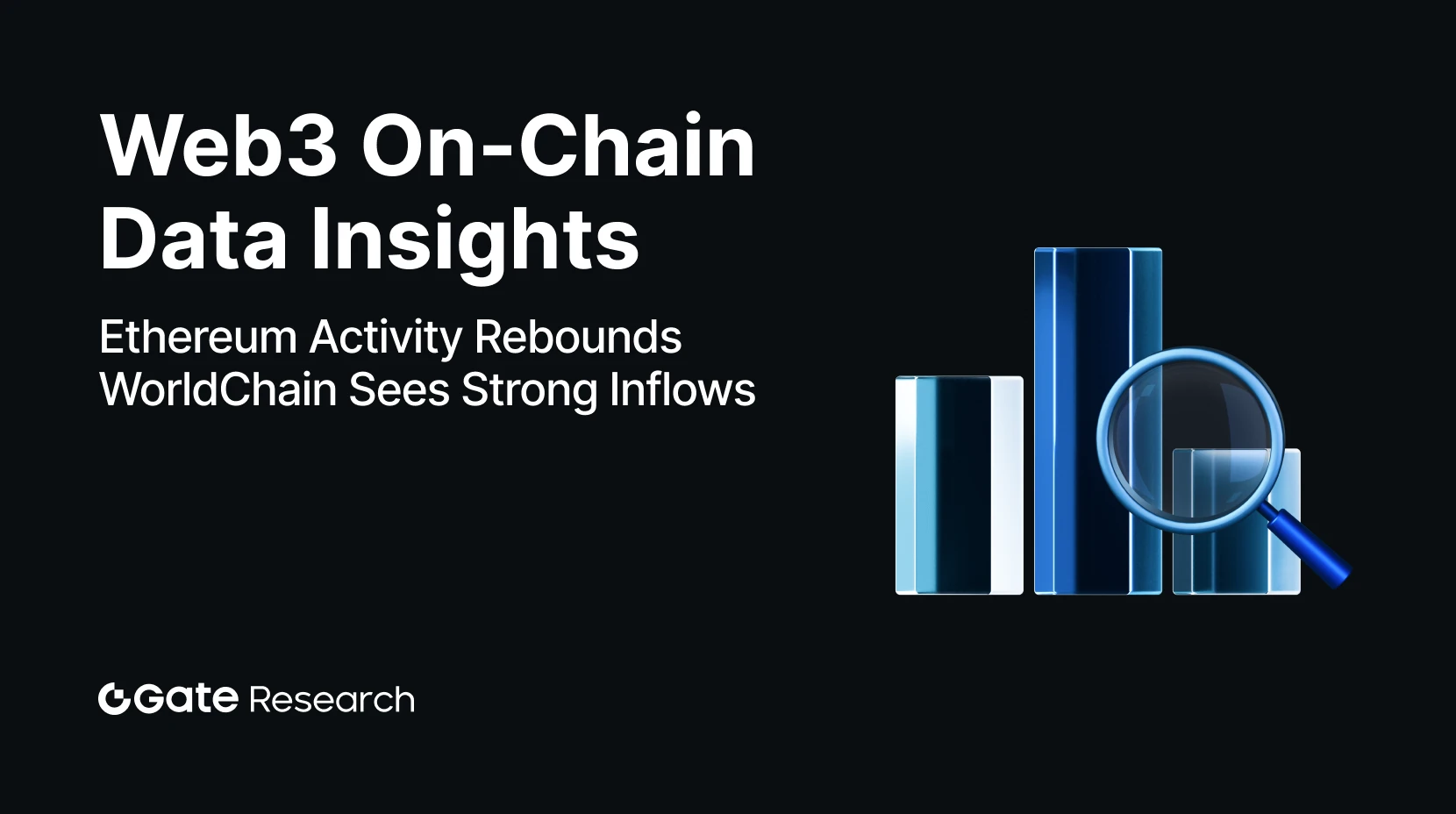 Gate Research: Web3 On-Chain Data Insights for July 2025|Ethereum On-Chain Activity Rebounds, WorldChain Sees Strong Inflows
Gate Research: Web3 On-Chain Data Insights for July 2025|Ethereum On-Chain Activity Rebounds, WorldChain Sees Strong Inflows
Gate Research: Web3 On-Chain Data Insights for July 2025|Ethereum On-Chain Activity Rebounds, WorldChain Sees Strong Inflows
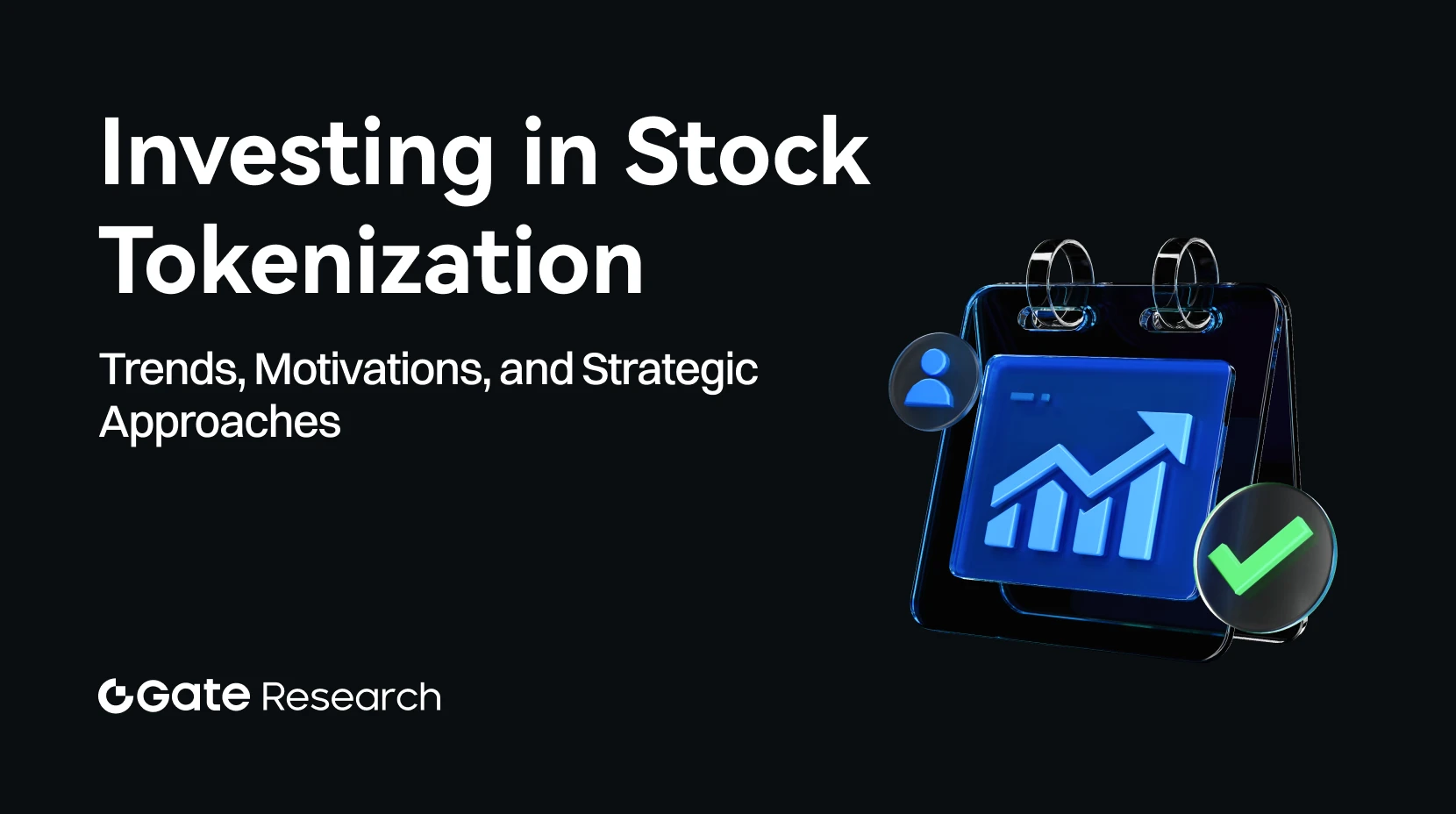 Gate Research|The Institutional Shift into Crypto: Drivers, Strategies, and the Road to Market Maturity
Gate Research|The Institutional Shift into Crypto: Drivers, Strategies, and the Road to Market Maturity
Gate Research|The Institutional Shift into Crypto: Drivers, Strategies, and the Road to Market Maturity
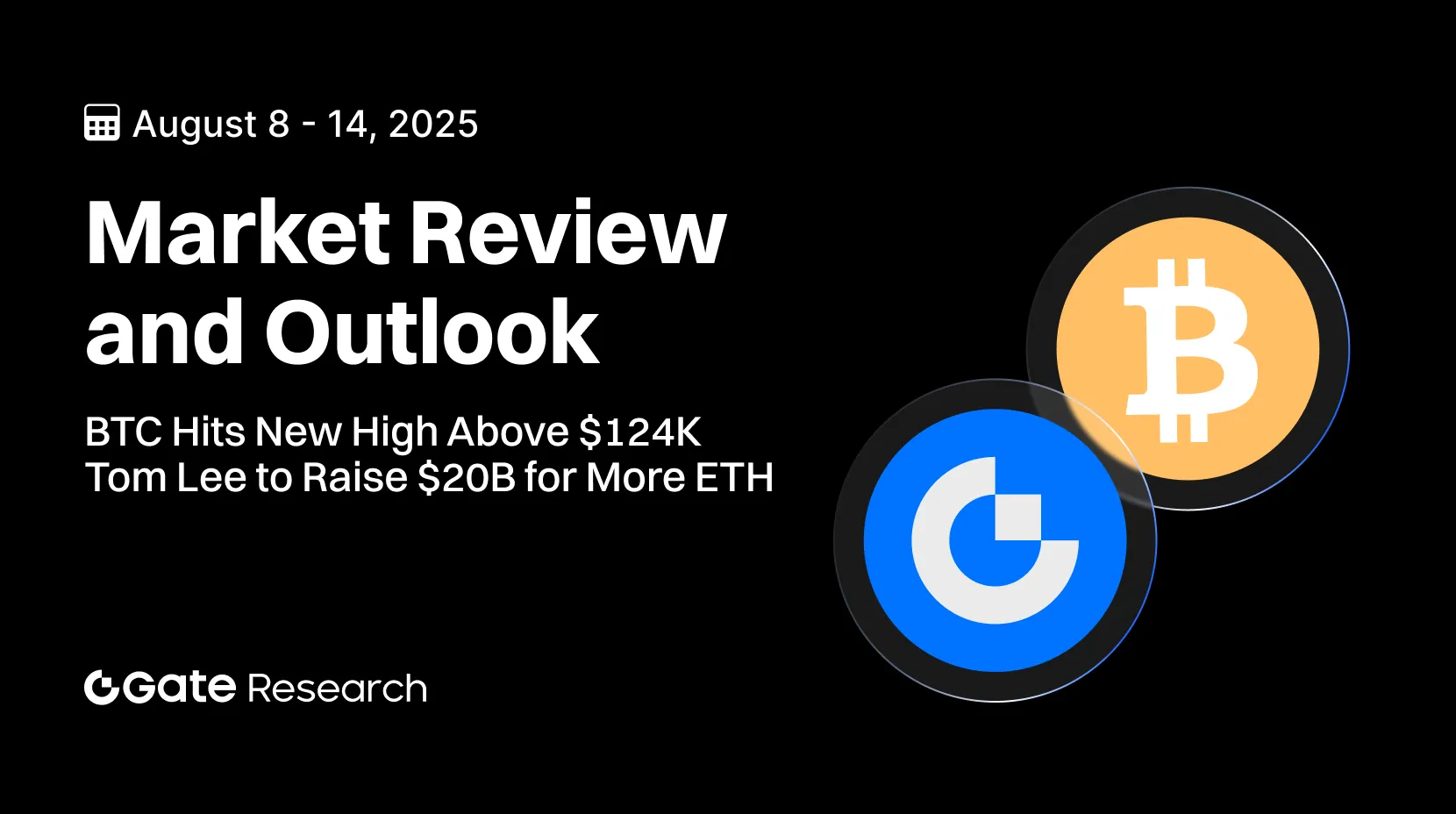 Gate Research: BTC Sets New Record, Surging Past $124,000 | Tom Lee Announces $20 Billion Capital Raise to Increase ETH Holdings
Gate Research: BTC Sets New Record, Surging Past $124,000 | Tom Lee Announces $20 Billion Capital Raise to Increase ETH Holdings
Gate Research: BTC Sets New Record, Surging Past $124,000 | Tom Lee Announces $20 Billion Capital Raise to Increase ETH Holdings
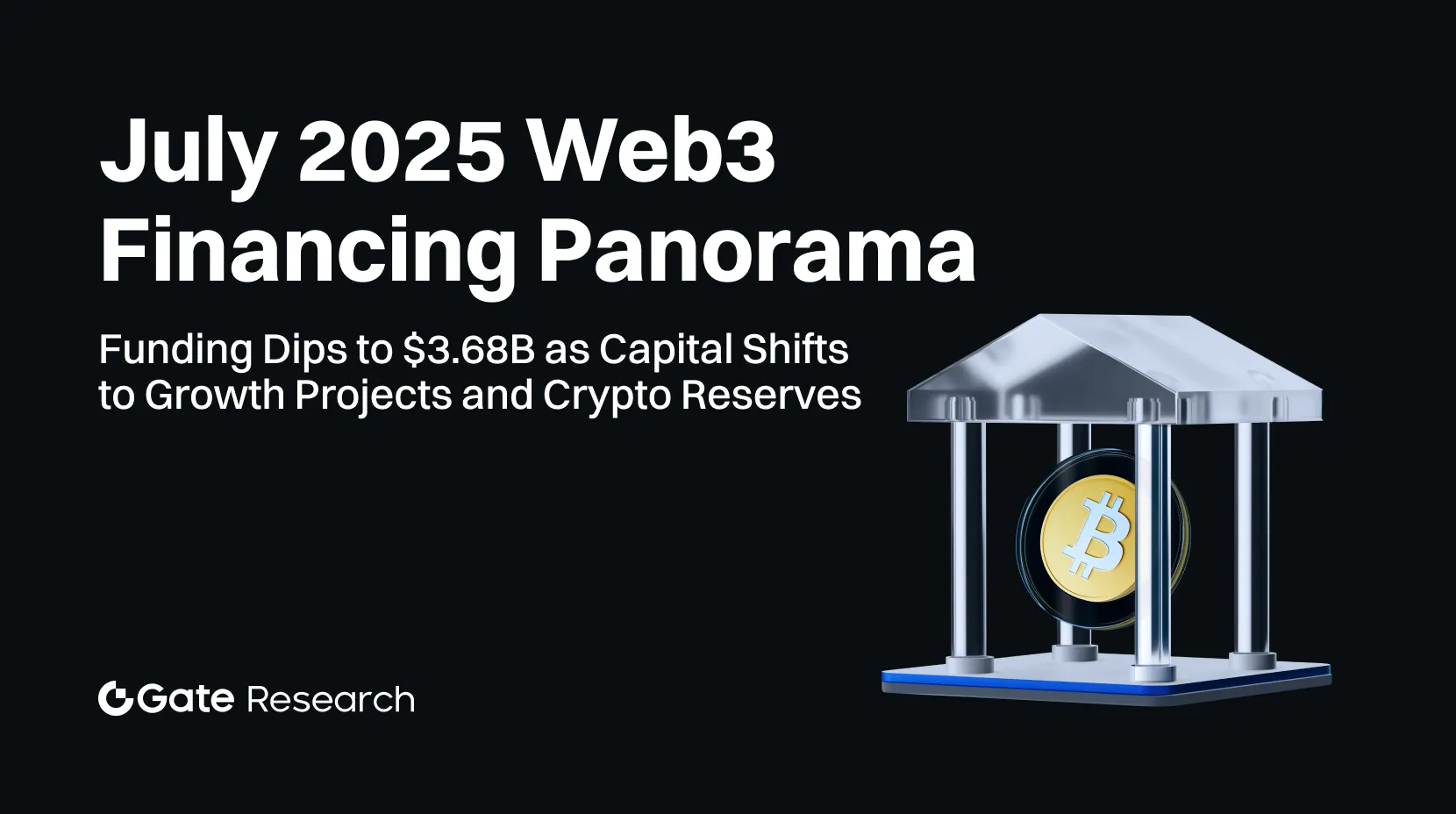 Gate Research: Funding Dips to $3.68B as Capital Shifts to Growth Projects and Crypto Reserves | July 2025 Web3 Fundraising Overview
Gate Research: Funding Dips to $3.68B as Capital Shifts to Growth Projects and Crypto Reserves | July 2025 Web3 Fundraising Overview
Gate Research: Funding Dips to $3.68B as Capital Shifts to Growth Projects and Crypto Reserves | July 2025 Web3 Fundraising Overview
Featured Courses
More
Beginner
Guide to Gate Dual Currency Products
This course provides a comprehensive introduction to Gate Dual Currency Products, which are non-principal protected financial products with floating income and also structured financial products based on options. Compared to traditional principal-protected investment products, Dual Currency Products carry certain risks but also offer higher potential returns. If leveraging the tool effectively, investors can truly earn profits regardless of price action.

Beginner
Crypto Mining
In this course, you will learn everything you need to know about mining cryptocurrencies, including the different types of mining hardware, software tools, and strategies for reducing the environmental impact of mining. Whether you're a beginner or an experienced miner, this course will provide you with the knowledge and skills to succeed in this exciting and rapidly evolving industry.

Advanced
Tools That Help You Trade Better: Moving Averages, Trend Lines, and Indicators
There are no trading rules that are applicable to any scenario. These courses will help you establish your own trading strategy, then test it and improve on it in practice
Learn by Topic
Topics
Altcoins
Bitcoin
Blockchain
DeFi
Ethereum
Metaverse
NFTs
Trading
Tutorial
Futures
Trading Bots
BRC-20
GameFi
DAO
Macro Trends
Wallets
Inscription
Technology
Meme
AI
SocialFi
DePin
StableCoin
Liquid Staking
Finance
RWA
Modular Blockchains
Zero-Knowledge Proof
Restaking
Crypto Tools
Airdrop
Gate Products
Security
Project Analysis
CryptoPulse
Research
TON Ecosystem
Layer 2
Solana
Payments
Mining
Hot Topics
P2P
Sui Ecosystem
Chain Abstraction
Options
Quick Reads
Video
Daily Report
Market Forecast
Trading Bots
VIP Industry Report
ETF Leveraged Tokens
Top Stories
Difficulty
Beginner
Intermediate
Advanced
Latest Courses
More
Beginner
Introduction to Regulated Stablecoins & MiCA Compliance
Stablecoins have become one of the most influential innovations in the digital asset space, offering a bridge between traditional finance and blockchain-based systems. However, their rapid adoption has raised questions about transparency, stability, and oversight. The European Union’s Markets in Crypto-Assets Regulation (MiCA) introduces a comprehensive legal framework to address these concerns, defining clear categories for stablecoins and setting compliance obligations for issuers. This course examines how regulated stablecoins work, the details of MiCA’s requirements, and what the regulation means for the future of the industry.

Intermediate
Introduction to Decentralised GPU Clouds for AI
As AI workloads grow larger and more demanding, centralized GPU providers are struggling to meet global compute needs. Decentralised GPU clouds offer a new, permissionless model for accessing, providing, and monetizing GPU power on a global scale. This course explores how these networks work, why they matter, and how you can participate—whether you’re an AI developer, node operator, or curious learner.

Intermediate
Introduction to Liquidity-as-a-Service (LaaS)
Many DeFi projects face a common challenge: securing reliable liquidity without excessive token emissions or complex treasury management. Traditional models like liquidity mining attract short-term users, while protocol-owned liquidity requires significant resources.
Liquidity-as-a-Service (LaaS) offers a solution. It allows protocols to outsource liquidity management to specialized platforms, reducing costs, improving stability, and supporting long-term growth. This course explains how LaaS works, why it’s gaining adoption, and what it means for the future of DeFi infrastructure.
Latest Articles
More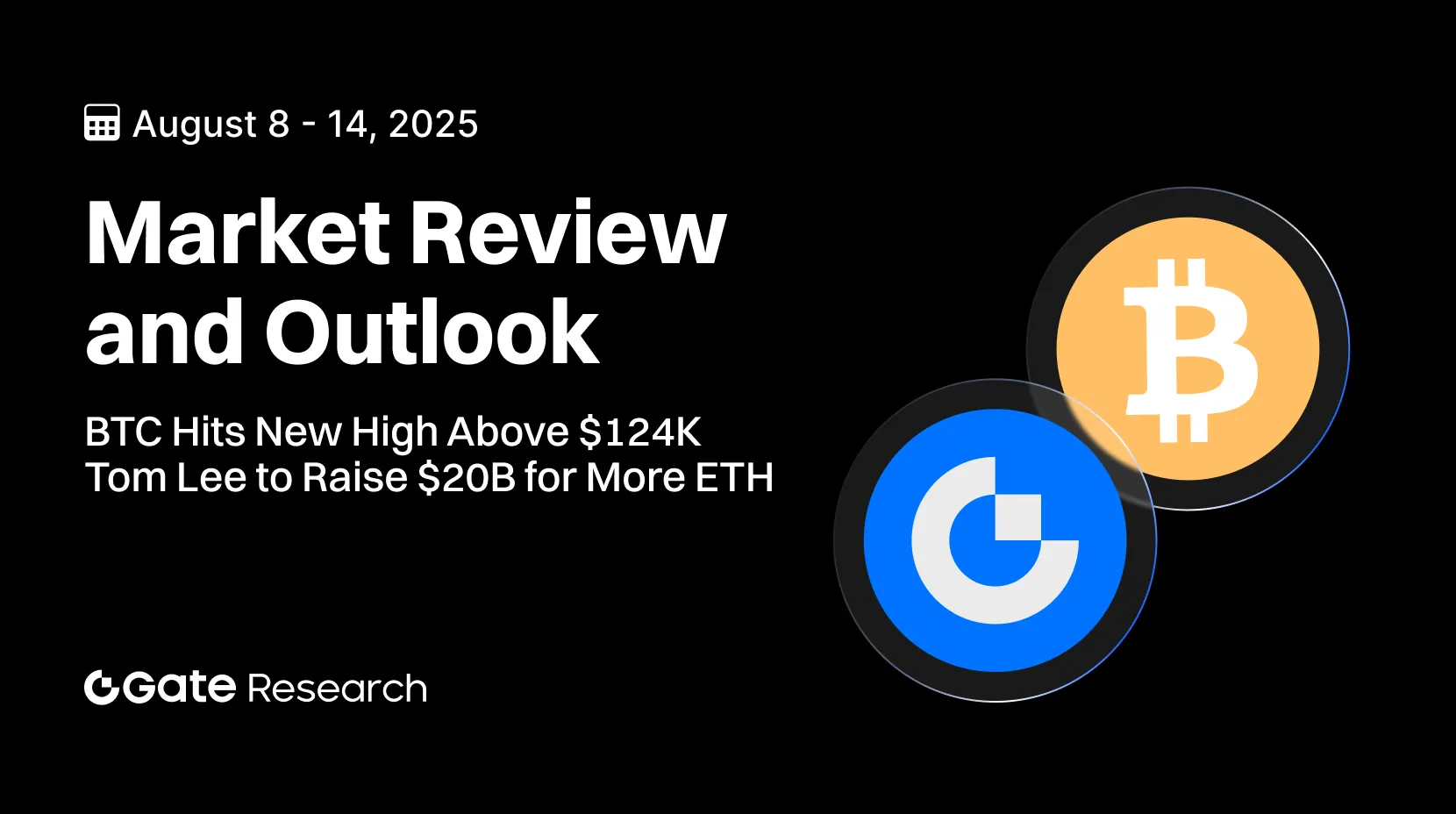
Advanced
Gate Research: BTC Sets New Record, Surging Past $124,000 | Tom Lee Announces $20 Billion Capital Raise to Increase ETH Holdings
Gate Research Institute Weekly Report: This week, BTC surpassed $124,000, reaching an all-time high; ETH climbed 12.02%, and leading altcoins posted significant gains. Chainlink partnered with ICE to integrate high-quality global foreign exchange and precious metals market data into on-chain applications. BitMine Immersion is planning to raise $20 billion to expand its ETH portfolio, indicating sustained long-term optimism among institutional investors toward ETH. The total cryptocurrency market cap hit a record $4.21 trillion, with BTC’s market cap surpassing that of Alphabet Inc., making it the fifth largest globally. Ethereum search interest reached its highest level since 2021, as both prices and on-chain activity surged. Base recorded over $2 billion in single-day DEX trading volume. On-chain activity set a new cycle high.
8/14/2025, 7:49:43 AM
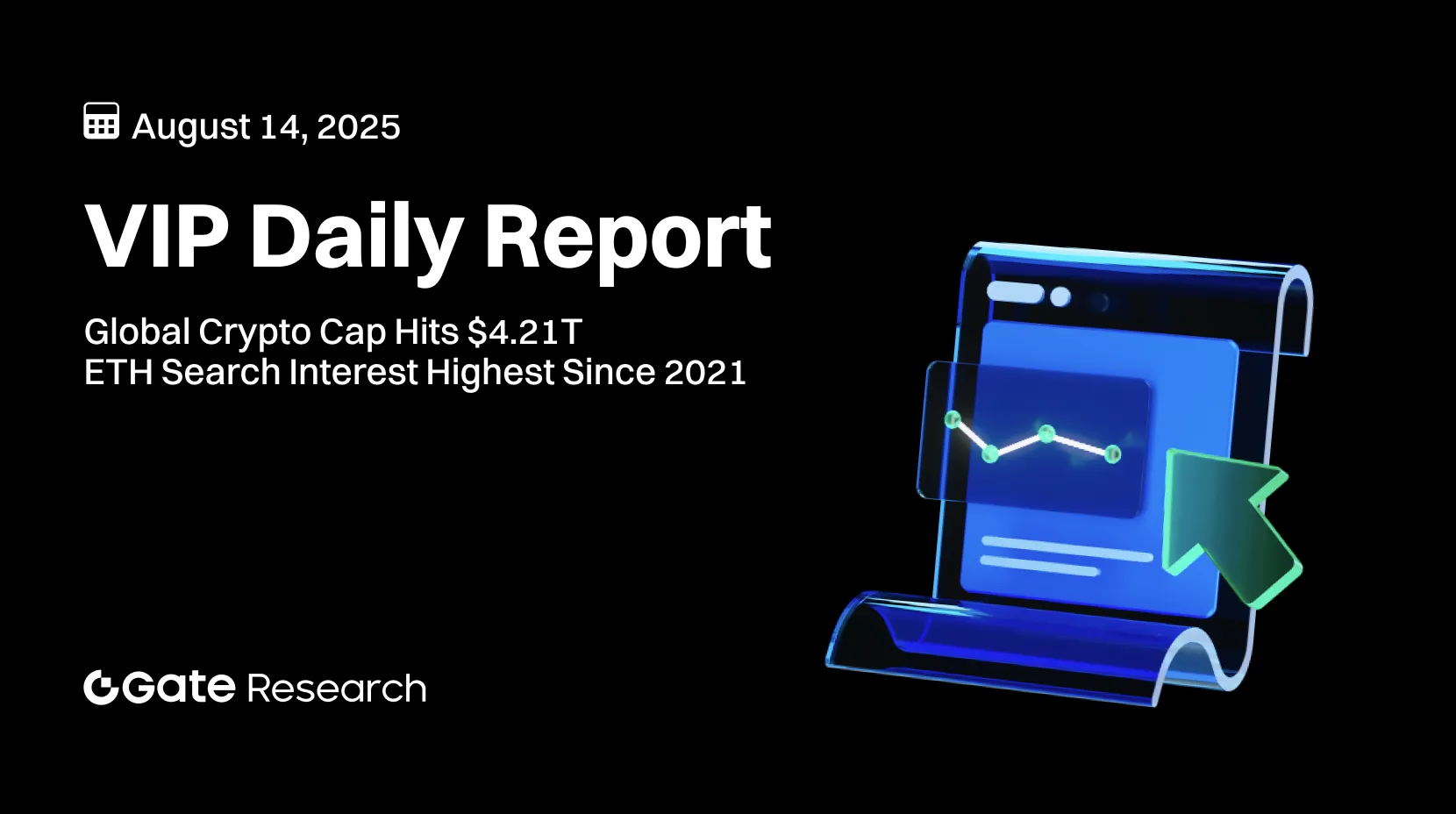
Advanced
 Gate Research: Global Crypto Market Cap Hits Record $4.21 Trillion | Ethereum Search Interest Hits Highest Since 2021
Gate Research: Global Crypto Market Cap Hits Record $4.21 Trillion | Ethereum Search Interest Hits Highest Since 2021
Gate Research Daily Report: On August 14, BTC broke above $124,400 to set a new all-time high; ETH held firmly above $4,700; and GT consolidated around $17.8, remaining in a short-term range-bound pattern. The total cryptocurrency market capitalization climbed to a record $4.21 trillion, with Bitcoin’s market cap surpassing Alphabet to rank fifth among global assets. Ethereum search interest reached its highest level since 2021, with on-chain activity and capital inflows jointly driving price strength. Base’s on-chain DEX daily trading volume exceeded $2 billion for the first time, highlighting the growing trading activity and capital capacity of the Layer 2 ecosystem.
8/14/2025, 6:50:39 AM

Intermediate
From a historical perspective: introducing crypto assets into 401(k) pension plans
Trump signed an executive order allowing US 401(k) retirement plans to invest in crypto assets for the first time. This move marks a historic turning point, providing national-level endorsement of the crypto market. This is expected to trigger substantial long-term capital inflows. It may also establish a new strategic accumulation pool for digital assets.
8/13/2025, 10:58:27 AM
Latest Research
More
Advanced
Gate Research: BTC Sets New Record, Surging Past $124,000 | Tom Lee Announces $20 Billion Capital Raise to Increase ETH Holdings
Gate Research Institute Weekly Report: This week, BTC surpassed $124,000, reaching an all-time high; ETH climbed 12.02%, and leading altcoins posted significant gains. Chainlink partnered with ICE to integrate high-quality global foreign exchange and precious metals market data into on-chain applications. BitMine Immersion is planning to raise $20 billion to expand its ETH portfolio, indicating sustained long-term optimism among institutional investors toward ETH. The total cryptocurrency market cap hit a record $4.21 trillion, with BTC’s market cap surpassing that of Alphabet Inc., making it the fifth largest globally. Ethereum search interest reached its highest level since 2021, as both prices and on-chain activity surged. Base recorded over $2 billion in single-day DEX trading volume. On-chain activity set a new cycle high.
8/14/2025, 7:49:43 AM

Advanced
 Gate Research: Global Crypto Market Cap Hits Record $4.21 Trillion | Ethereum Search Interest Hits Highest Since 2021
Gate Research: Global Crypto Market Cap Hits Record $4.21 Trillion | Ethereum Search Interest Hits Highest Since 2021
Gate Research Daily Report: On August 14, BTC broke above $124,400 to set a new all-time high; ETH held firmly above $4,700; and GT consolidated around $17.8, remaining in a short-term range-bound pattern. The total cryptocurrency market capitalization climbed to a record $4.21 trillion, with Bitcoin’s market cap surpassing Alphabet to rank fifth among global assets. Ethereum search interest reached its highest level since 2021, with on-chain activity and capital inflows jointly driving price strength. Base’s on-chain DEX daily trading volume exceeded $2 billion for the first time, highlighting the growing trading activity and capital capacity of the Layer 2 ecosystem.
8/14/2025, 6:50:39 AM
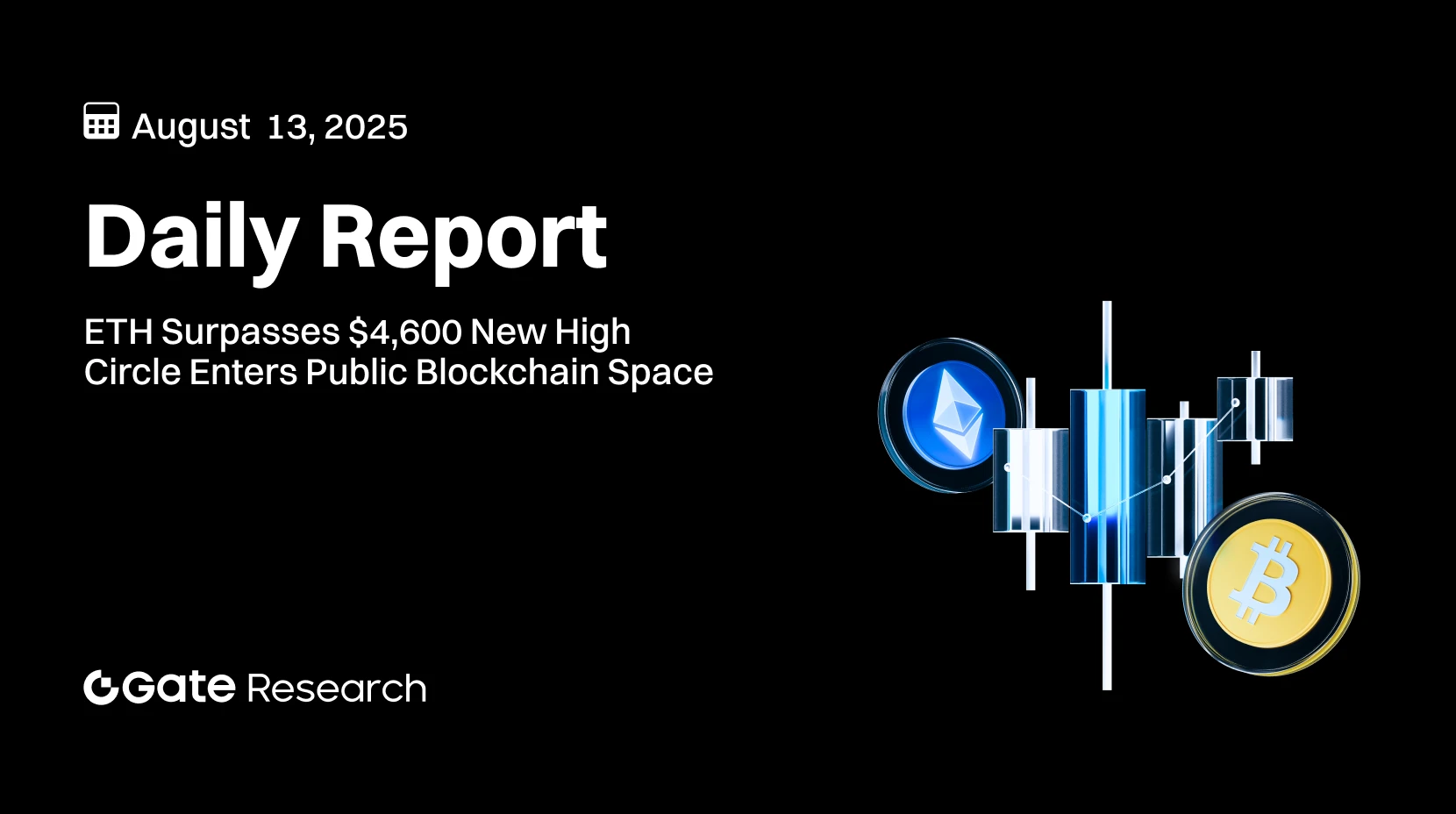
Advanced
Gate Research: ETH Surpasses $4,600 New High | Circle Enters Public Blockchain Space
Gate Research Daily Report: On August 13, BTC continued its upward consolidation, briefly approaching the $120,000 mark; ETH surpassed the $4,600 level, reaching a new high in the current rally. Cyber token surged over 220% following its successful exchange listing and institutional buyback plan; Solana ecosystem meme coin Fartcoin and computing network token Qubic also showed strong performance. DeFi platform Aave’s borrowing volume exceeded $25 billion, setting a new record. Circle announced the launch of Arc, a Layer 1 blockchain focused on stablecoins, while MANTRA Chain’s testnet achieved full EVM compatibility with its mainnet scheduled for launch in September. Major US stock indices rose across the board, reflecting increased risk appetite and an overall bullish crypto market atmosphere.
8/13/2025, 8:17:30 AM
Glossary
Moreapr
Annual Percentage Rate (APR) is an annualized percentage rate that represents investment returns or borrowing costs, calculated using simple interest without accounting for compounding effects. In cryptocurrency, APR is commonly used to measure annualized yields from staking, lending, and liquidity provision activities, helping users evaluate and compare investment benefits across different DeFi protocols.
fomo
Fear of Missing Out (FOMO) refers to the anxiety investors feel about potentially missing profitable opportunities, which drives them to make irrational investment decisions. In cryptocurrency trading, FOMO typically manifests as investors blindly buying assets after prices have already significantly increased, hoping to share in the market's upward momentum.
nft
NFT (Non-Fungible Token) is a unique digital asset based on blockchain technology, characterized by its indivisible and irreplaceable nature, with each NFT possessing a unique identification code and metadata. They are typically created following standards like Ethereum's ERC-721 or ERC-1155, capable of definitively proving ownership, authenticity, and scarcity of digital content.
leverage
Leverage refers to the practice where traders borrow funds to increase the size of their trading positions, controlling assets of greater value with smaller capital. In cryptocurrency trading, leverage is typically expressed as a ratio (such as 3x, 5x, 20x, etc.), indicating the multiple of the original investment that a trader can control in assets. For example, using 10x leverage means an investor can control assets worth $10,000 with just $1,000.


Your Gateway to Crypto World, Subscribe to Gate for A New Perspective
